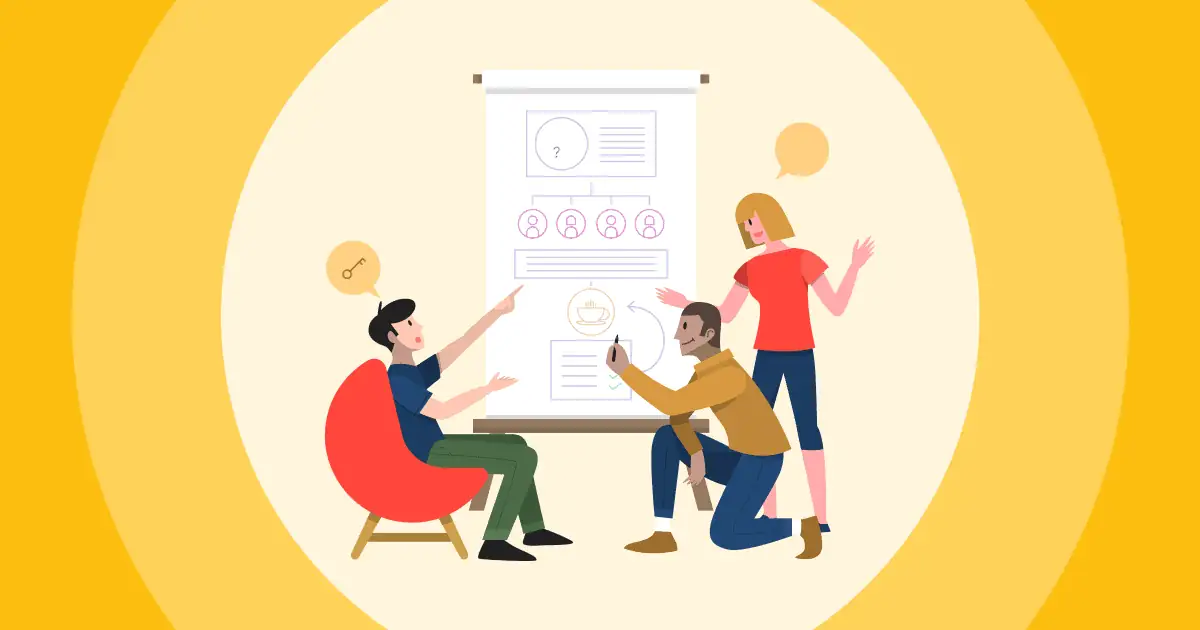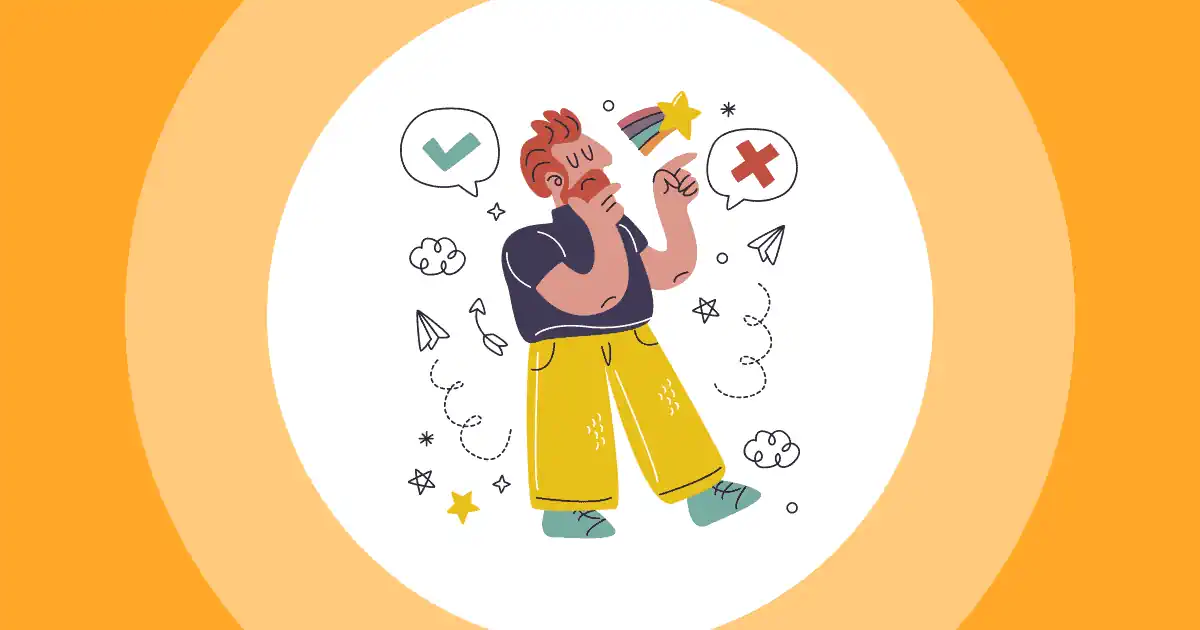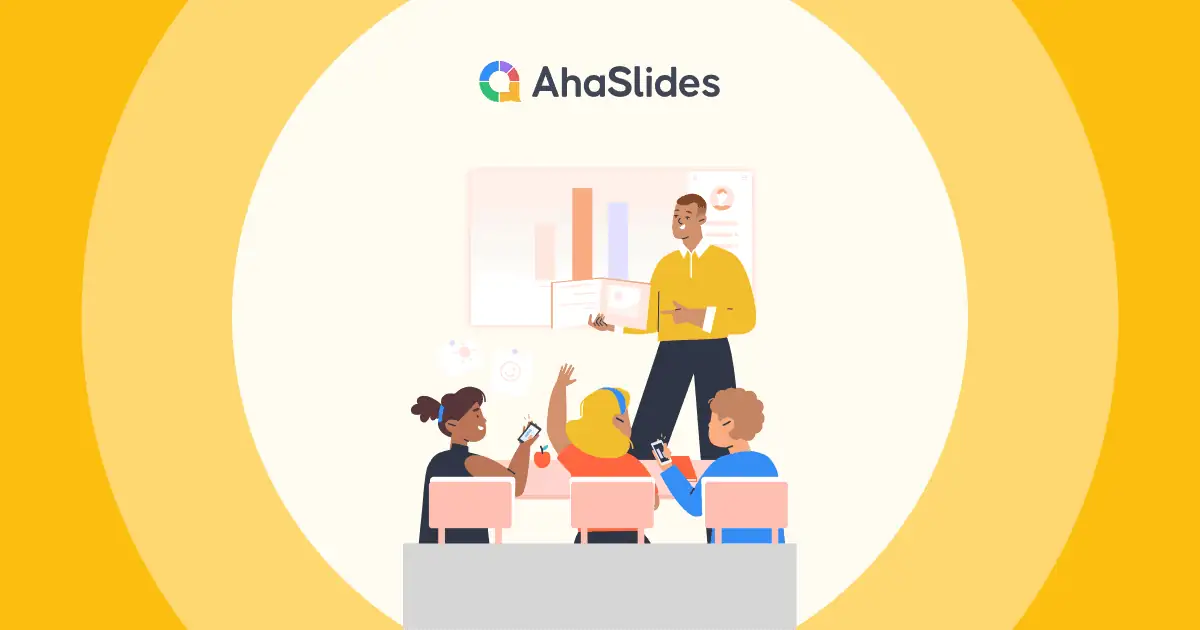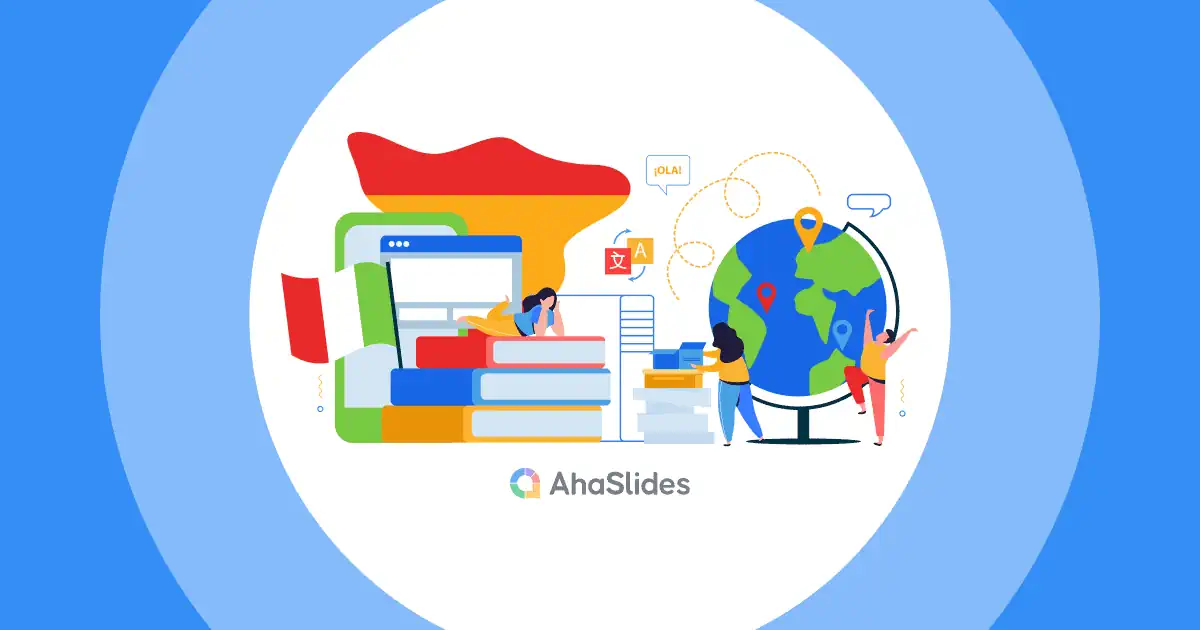Imagine a classroom where students are actively involved with the subject, asking questions, having discussions, and teaching one another - that's what we call peer instruction. It's not just for students; whether you're a learner, teacher, or someone always seeking knowledge, you can tap into the potential of peer instruction.
In this blog post, we'll explore what peer instruction is, why it's incredibly effective, when and where to use it, and, most importantly, how you can implement it to improve your experience.
Let's start!
Table Of Contents
- What Is Peer Instruction?
- Why Does Peer Instruction Work So Well?
- When and Where Should Peer Instruction Be Used?
- How To Implement Peer Instruction?
- Key Takeaways

Tips For Better Engagement

Sign up for Free Edu Account Today!.
Get any of the below examples as templates. Sign up for free and take what you want from the template library!
Get those for free
What Is Peer Instruction?
Peer instruction (PI) is a learning method where students learn from each other. Instead of just listening to the teacher, students also discuss and explain concepts to one another. This method promotes teamwork and makes it easier for everyone in the class to understand the subject.
The origin of it goes back to Professor Dr. Eric Mazur. In the 1990s, he began using this method to improve how students learn at Harvard University. Instead of traditional lectures, he encouraged students to talk to each other and learn from their discussions. It turned out to be a great idea and has been helping students learn better ever since.
Why Does Peer Instruction Work So Well?
- Learning with Friends Feeling: Peer Instruction feels like learning with friends, creating a comfortable environment.
- Better Understanding through Discussion and Teaching: Discussing and teaching each other helps create a deeper understanding of the topic.
- Diverse Explanations: Different perspectives from classmates can make complex concepts clearer.
- Collaborative Problem-Solving: Peer Instruction involves explaining and solving problems together, similar to solving a puzzle collectively.
- Self-Assessment Opportunity: Teaching something to others acts as a mini self-test, indicating what we've grasped and what needs revisiting.
- Comfort in Learning from Peers: It's often easier and more relaxed to learn from friends than to approach a teacher, especially when feeling shy.
When and Where Should Peer Instruction Be Used?

It can be super useful in specific situations for teachers, instructors, and students:
- Classroom Learning: During regular classes, especially for tricky subjects like math or science, teachers can use peer instruction to ensure all students grasp the concepts well.
- Test Preparation: Before a big test, students study with peer instruction can be a game-changer. Explaining and discussing topics with peers can boost their understanding and confidence.
- Group Study Sessions: When having a study group or a study buddy, peer instruction helps everyone. Students can take turns teaching each other and clarify doubts together.
- Online Learning Platforms: In online courses, discussion boards, and group activities can implement peer instruction effectively. Engaging with fellow learners and sharing knowledge enhances the online learning experience.
How To Implement Peer Instruction?

You can use the following methods to implement it to enhance active engagement, understanding, and collaboration among students, making learning enjoyable and effective.
1/ Think-Pair-Share:
- Think: You can begin by prompting students to reflect/answer a specific question or topic to encourage personal understanding.
- Pair: Encourage students to pair up and discuss their thoughts and answers, promoting peer interaction and diverse perspectives.
- Share: Encourage students to share conclusions with the larger group, fostering active participation and collaborative learning.
2/ Reciprocal Teaching:
- Assign students the role of the teacher, in which they explain a concept to their peers, demonstrating their understanding of the topic. Then encourage students to participate and ask each other questions to gain a deeper understanding.
- Don't forget role switching, allowing students to engage in both teaching and learning, enhancing mutual understanding.
3/ Peer Mentoring:
- Form pairs of students, ensuring one student has a better understanding of the topic to guide and support their classmates.
- Encourage the knowledgeable student to provide explanations and support, enhancing the understanding of their peer.
- Emphasize a two-way learning process, wherein both mentor and mentee benefit and grow in their understanding.
4/ Peer Assessment:
- Define clear assessment criteria/rules aligned with learning objectives for a specific task or assignment.
- Assign students to complete tasks individually or in groups, following the provided assessment criteria.
- Encourage students to evaluate and provide feedback on each other's work using the established criteria.
- Stress the importance of using received feedback to enhance learning and improve the next assignments.
5/ Conceptual Questioning:
- Begin the lesson with a stimulating question that stimulates critical thinking and encourages diverse student perspectives.
- Give students time for independent reflection, promoting individual understanding of questions.
- Engage students in small group discussions to compare answers and perspectives, promoting exploration and collaboration.
- Encourage students to take turns explaining concepts to their peers, promoting clarity and reinforcing understanding within the group.
- Ask students to reconsider their initial answers, encouraging reflection and potential revisions in their understanding of the concept.

Key Takeaways
Peer Instruction is a powerful learning method that transforms the traditional classroom dynamic into an engaging and collaborative experience.
And don't forget that AhaSlides is an interactive tool that boosts Peer Instruction. It allows students to engage with live polls, quizzes, and discussions for immediate feedback. Through AhaSlides features and templates, educators can effortlessly engage their students, promote collaborative learning, and tailor the learning experience to suit individual needs.
Ref: Havard University | LSA
Frequently Asked Questions:
Who is the father of peer instruction?
Eric Mazur, a Harvard Professor, has supported and popularized the peer instruction method since 1990s.
Why is peer instruction important?
Peer instruction can not only enhance collaboration between members and other social skills but also allow learners to realize and embrace different perspectives.








